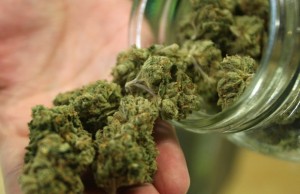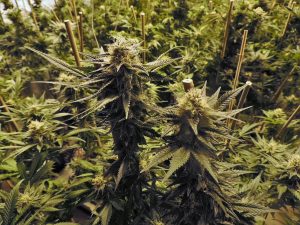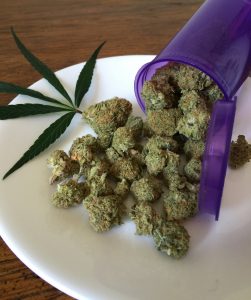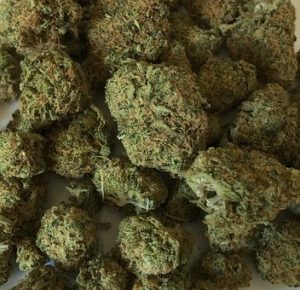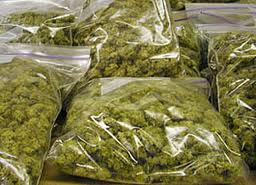 As states move toward placing marijuana policy in the hands of voters and for the most part legalizing it, Maryland is still stuck in the dark ages where pot ties up court resources, and has lawmakers and lawyers up in arms. Medical marijuana has already invaded the civil courts, as multiple lawsuits over the grower licensing system are pending. And while we are seeing a significantly lower amount of marijuana cases prosecuted since possession under 10 grams became decriminalized, pot is still a common cause of litigation in criminal courts. Not only are there still numerous new cases filed each year for criminal possession, manufacturing and distribution of marijuana, but there are also a host of new legal issues involving law enforcement search and seizures.
As states move toward placing marijuana policy in the hands of voters and for the most part legalizing it, Maryland is still stuck in the dark ages where pot ties up court resources, and has lawmakers and lawyers up in arms. Medical marijuana has already invaded the civil courts, as multiple lawsuits over the grower licensing system are pending. And while we are seeing a significantly lower amount of marijuana cases prosecuted since possession under 10 grams became decriminalized, pot is still a common cause of litigation in criminal courts. Not only are there still numerous new cases filed each year for criminal possession, manufacturing and distribution of marijuana, but there are also a host of new legal issues involving law enforcement search and seizures.
When the legislature decriminalized simple possession it immediately created a grey area for probable cause searches under the Fourth Amendment. Normally a police officer is justified to search a person and his or her automobile if the officer gathers information that objectively leads to the conclusion that that a crime has likely occurred. This, save for a few minor twists, is probable cause in a nutshell. The Maryland decriminalization law left a major ambiguity in whether the discovery of a non-criminal amount of marijuana would justify a broader search of the suspect and his or her car. These broader searches usually turn up other evidence such as narcotics and firearms, which is why the issue is far reaching. We’re not just dealing with pot cases here. In fact, the Court of Appeals in Annapolis recently heard oral arguments on three cases where officers conducted Fourth Amendment searches based solely on the odor of marijuana. The trial courts and the Special Court of Appeals all ruled in favor of the prosecution that the searches were valid, and now the highest court will issue their opinion in the next few weeks.
Defense lawyers and civil rights advocates have argued that smelling burnt or raw pot, or finding less than 10 grams of it without more does not rise to the level of evidence that a crime has occurred, and would not justify a broader search. Rather, an officer who smells or recovers a non-criminal amount of pot must issue a civil citation, confiscate the weed and move on. The government has argued that no amount of marijuana is legal in Maryland, and therefore police are authorized to search for and seize anything unlawful. The government has emphasized that a civil offense is still an offense, and the fine for simple possession is used to punish unlawful behavior. An assistant attorney general also argued that presence of the drug is enough evidence to provide officers with probable cause that more will be found, an argument does not seem to have any sort of factual basis.
 Criminal Defense Lawyer Blog
Criminal Defense Lawyer Blog


